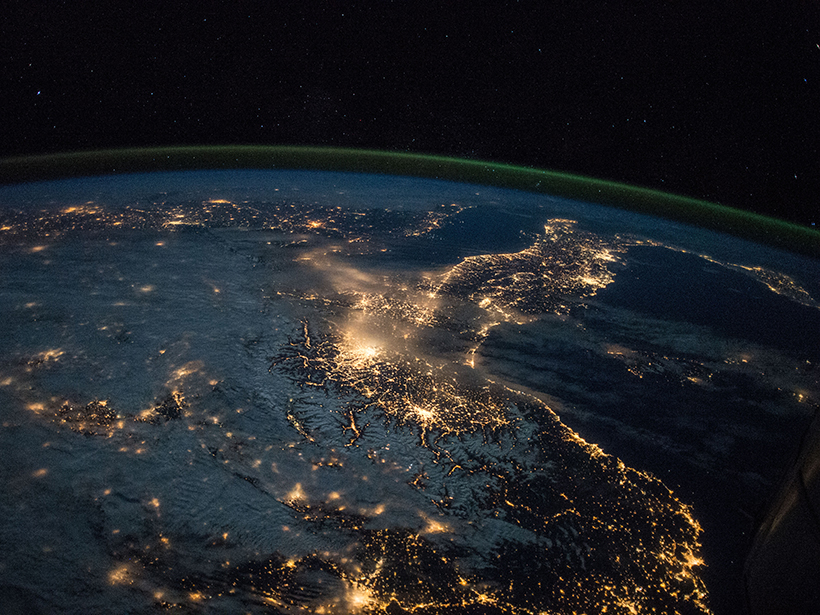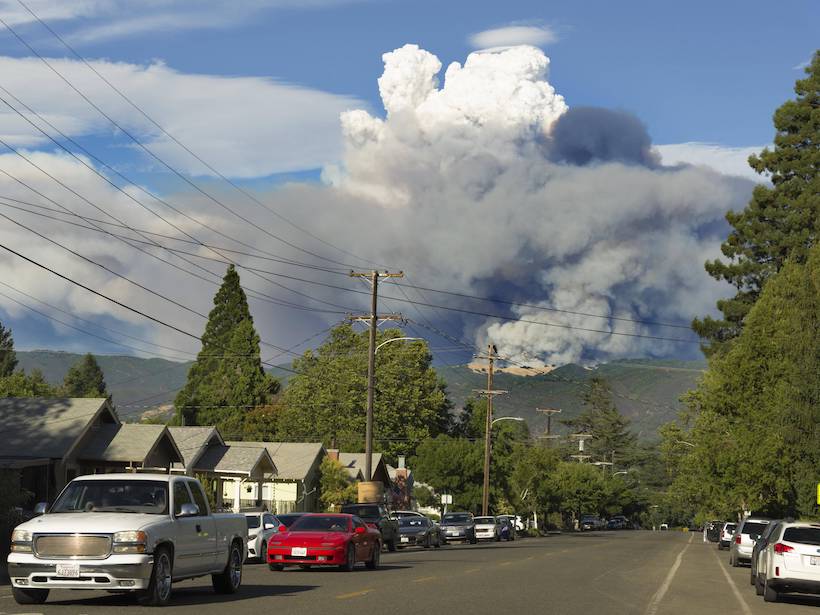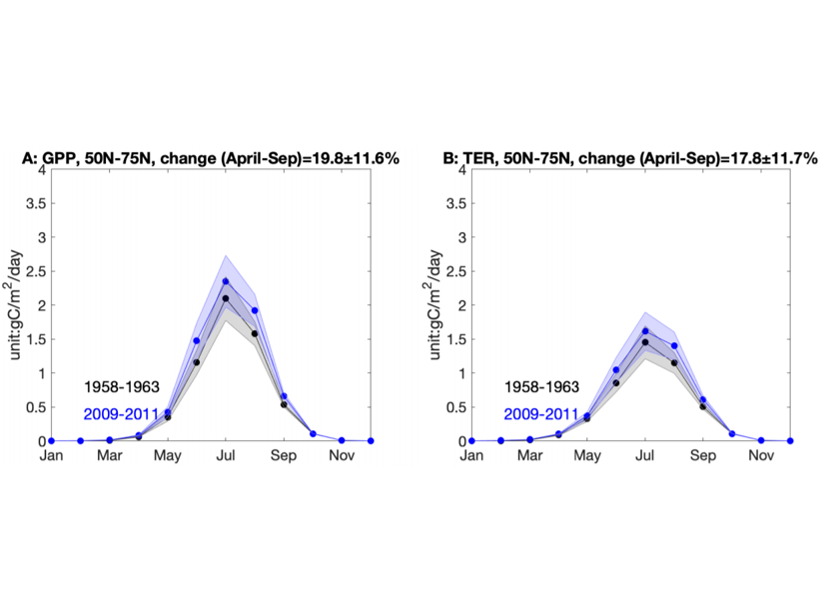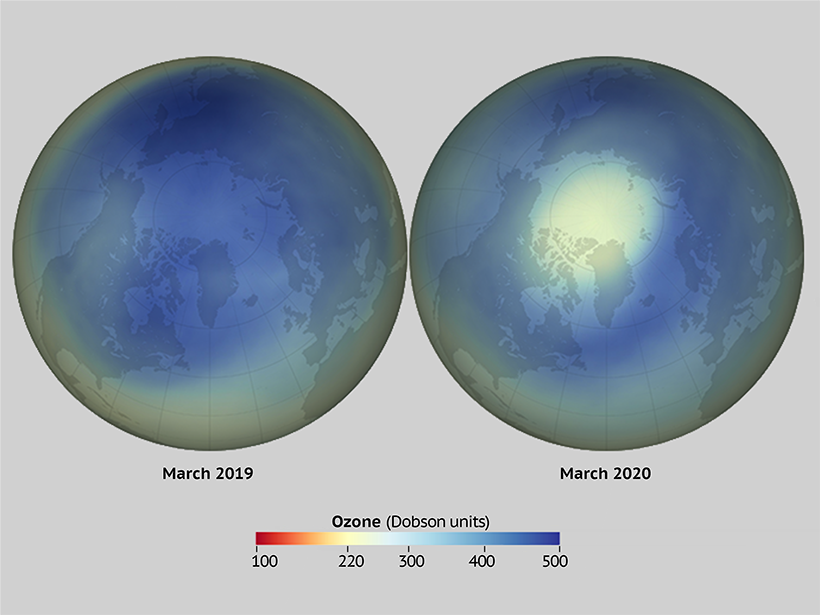New research uses Hurricane Harvey as a case study to demonstrate the devastating power of aerosols to supercharge tropical storms.
everything atmospheric
Dust from Receding Glaciers May Have Major Atmospheric Impacts
New research is helping scientists understand how Arctic dust created by receding glaciers affects local air quality and global climate.
Saving Lives by Predicting Dust Storms
In the southwestern United States, dust storms form suddenly, quickly reducing visibility to zero. A new warning system may allow motorists to avoid these deadly hazards.
Stratospheric Weather Impacts Light Species at Great Heights
Sudden stratospheric warmings in the high latitude wintertime can drive changes in light species (H, He and O) all the way though the thermosphere, likely influencing ion densities in the exosphere.
Coastal Brazil Is Likely to Face More Heat Waves and Droughts
In 2014, São Paulo experienced its greatest water crisis ever, caused by an intense drought. New research indicates that it is likely to happen again and be even more severe.
Drivers of Upper Atmosphere Climate Change
New research confirms the influence of carbon dioxide on long-term temperature trends in the upper atmosphere, but changes in Earth’s magnetic field also play a key role.
“Thirstier” Atmosphere Will Increase Wildfire Risk out West
New climate projections could inform long-term wildfire and water resources management strategies in California and Nevada.
High Climatic Response of High-Latitude Forests
The seasonal amplitude of atmospheric CO2 is increasing, partly due to boreal forest responses to warming. Photosynthesis and expansion of boreal forests are shown here to be temperature-limited.
An Extraordinary Winter in the Polar North
An exceptionally strong stratospheric polar vortex coincided with a record-breaking Arctic Oscillation pattern and ozone destruction during the 2019–2020 winter season.
Gravity Waves Leave Ripples Across a Glowing Night Sky
A thunderstorm made waves on a rare “bright night.”

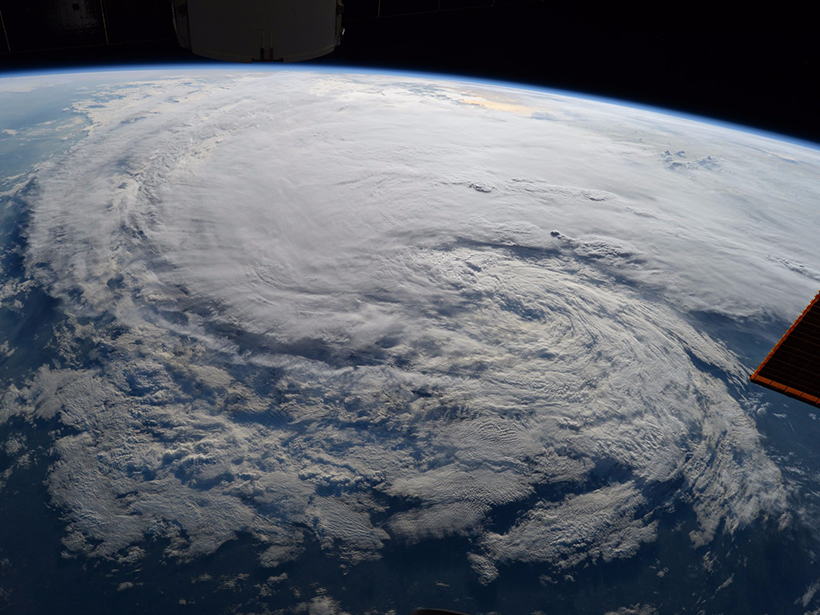
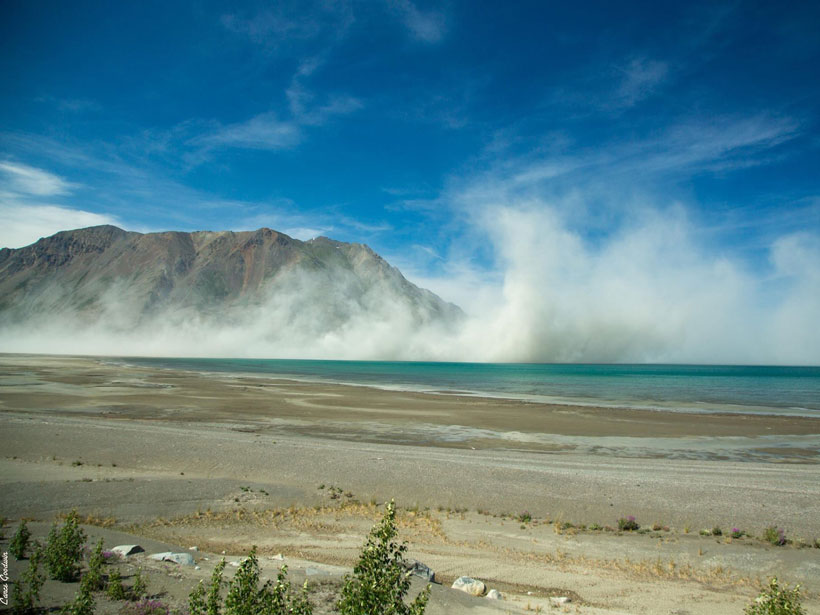

![Two plots showing percent changes in TIME-GCM zonally averaged [O+] and [H+] as a function of latitude and altitude in the Northern Hemisphere between the “disturbed” and “pre-disturbance” time periods in 2012–2013](https://eos.org/wp-content/uploads/2020/12/2020JA028331-Figure-12-top-row-with-legend-sized-for-Eos.png)

